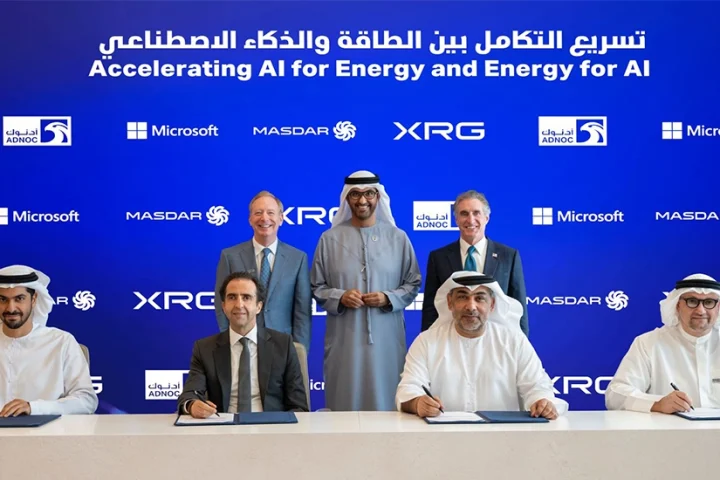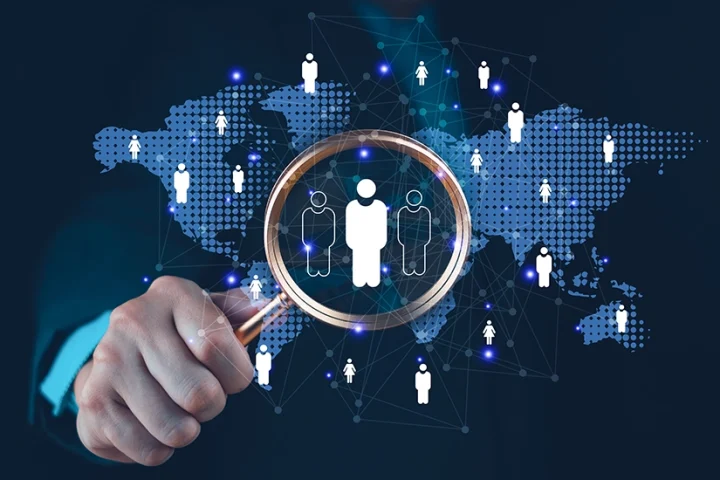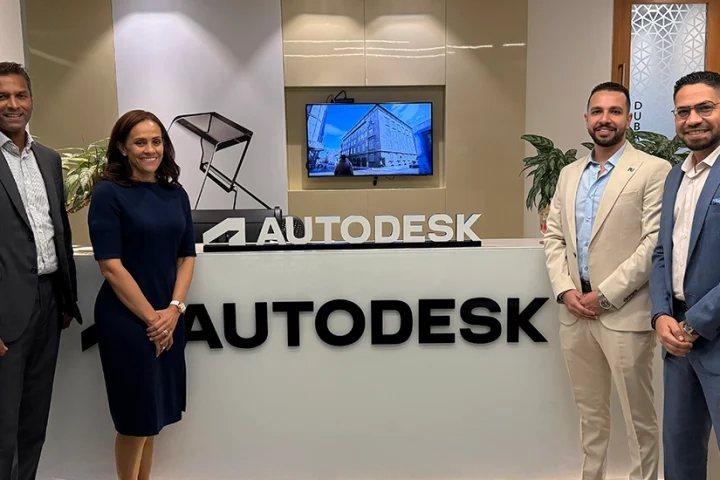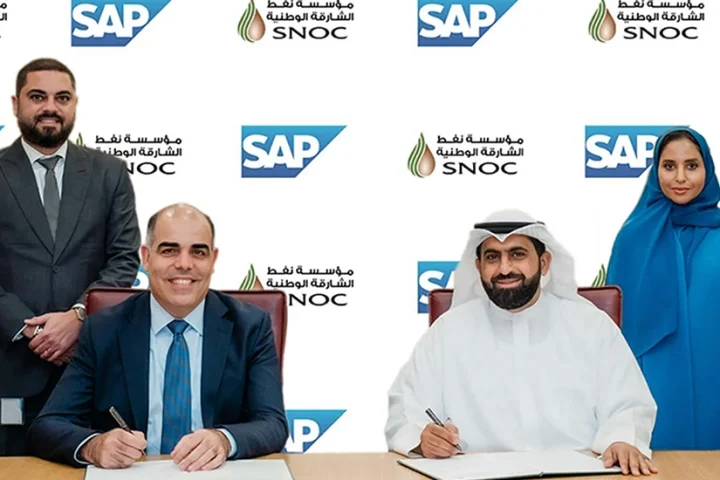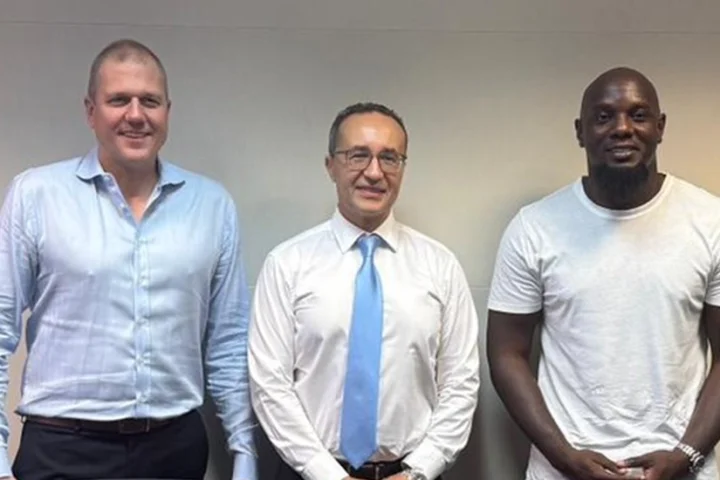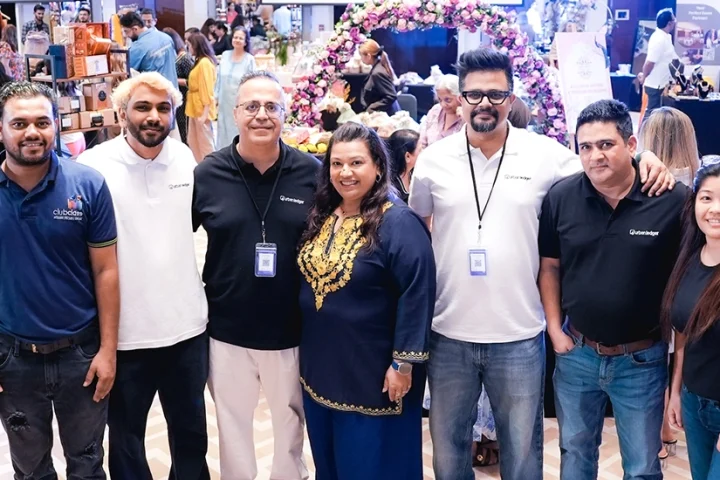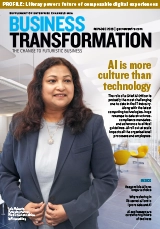At the WS02 Middle East summit in Colombo, Rania Khalaf, Chief AI officer at WSO2, delivered a compelling address outlining how artificial intelligence is transforming the future of software development—and how WSO2 is enabling enterprises to stay ahead of the curve.
Drawing from extensive experience at global tech leaders—including her previous roles as Chief Information and Data Officer at Inari and as a senior executive at IBM Research—WSO2’s Chief AI Officer shared deep insights into the evolution of AI and its role as a core element of modern software.
“AI is no longer a sidecar to the business. It’s at the center of how we build, operate, and interact with digital systems,” she said.
The address focused on how generative AI is driving three major shifts in software development:
- AI is becoming a fundamental component of every application
Just as APIs and databases became indispensable in past decades, AI has now joined the foundational stack. Companies that fail to embed AI in their products risk being seen as outdated. - Development tools are now AI-powered
Copilots, assistants, and intelligent interfaces are expected features, not futuristic luxuries. The software creation experience is evolving rapidly, becoming more conversational and intuitive. - The software development process is being reimagined
With advances like live coding and spec-driven development, engineers can now describe what they want in natural language and generate functioning code—redefining workflows, roles, and required skills.
“AI isn’t optional anymore. Every engineer needs to be fluent in it—just like with data or APIs,” she emphasized.
To meet this changing landscape, WSO2 is investing in three strategic areas:
- AI for Code: Empowering developers with AI-driven tools to boost productivity and code quality
- Code for AI: Evolving WSO2’s own platforms to support AI-native development
- Natural Language as a computing interface: Making it possible to build and interact with software through everyday language
The company is also redefining what it means to be AI-native, describing four distinct levels of AI integration:
- AI-enhanced features within existing applications
- RAG (Retrieval-Augmented Generation) models for context-rich responses
- Embedded agents with memory and tools acting autonomously inside apps
- Agent-based applications that operate independently with goals and tasks
AI Gateway and integration tools
In addition to application-level innovation, WSO2 is also focused on responsible AI integration. The company has introduced an AI Gateway in its API management suite to address key challenges such as:
- Controlling the cost of LLM usage
- Ensuring data privacy
- Enforcing governance policies
Developers using WSO2 tools like Ballerina and Choreo can now easily connect to LLMs, define agents, and deploy AI-powered services—all while maintaining compliance and control.
While the technology is rapidly maturing, the Chief AI Officer warned that many AI initiatives falter not due to technical hurdles—but because of organizational unpreparedness. He emphasized the need to:
- Rethink traditional development processes
- Reskill teams to work effectively with AI
- Enable a culture shift toward experimentation and agility
“We’re not just building tools—we’re enabling transformation. From proof of concept to full-scale production, we’re helping enterprises make AI-native a reality,” she concluded.





